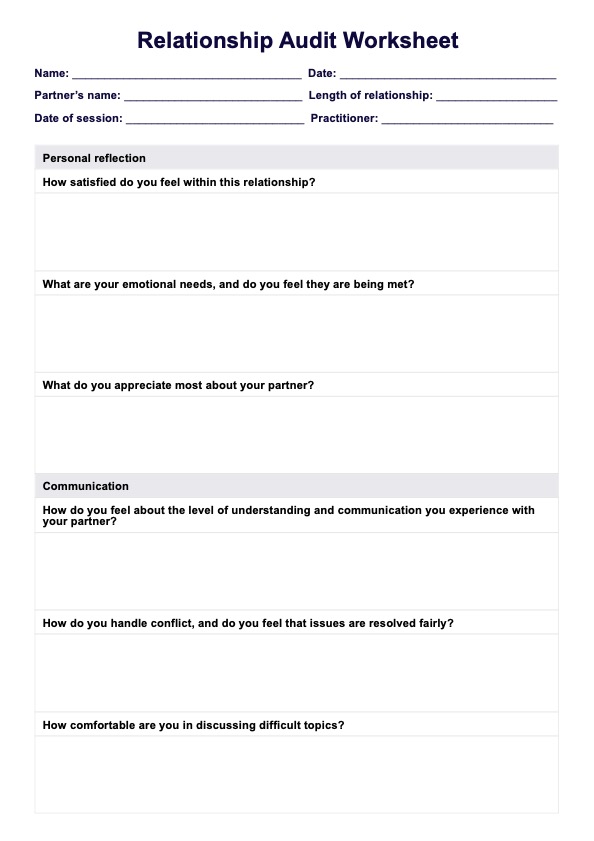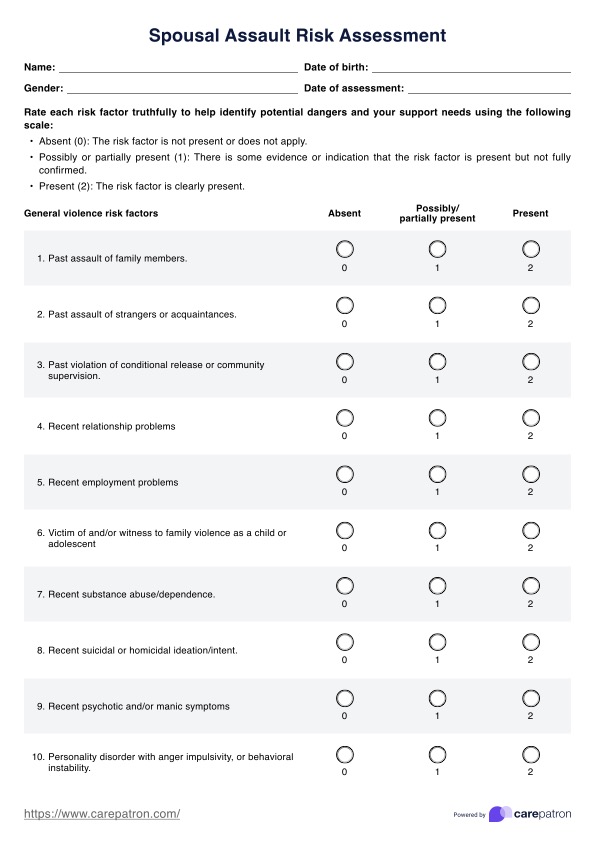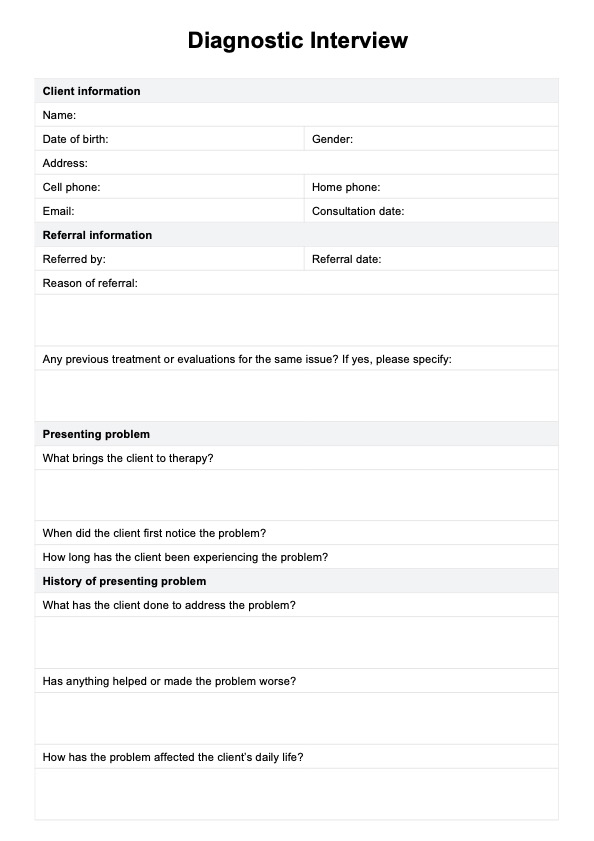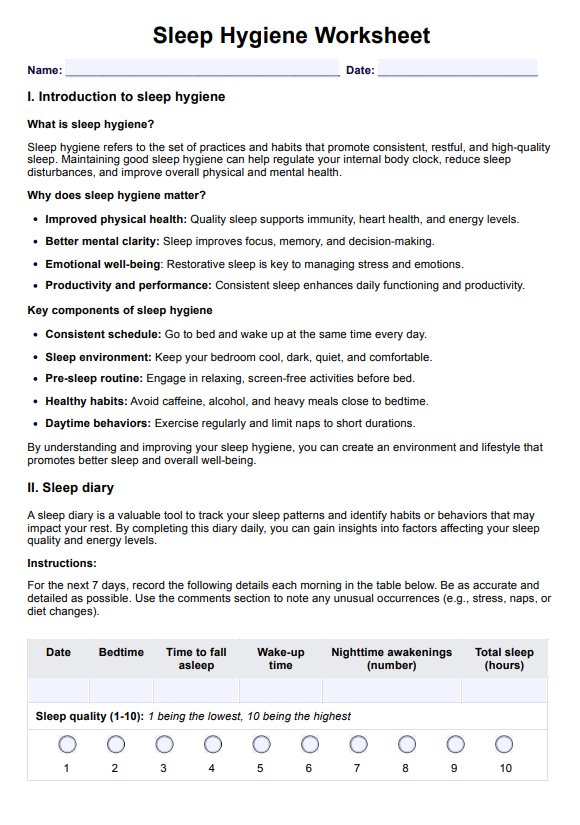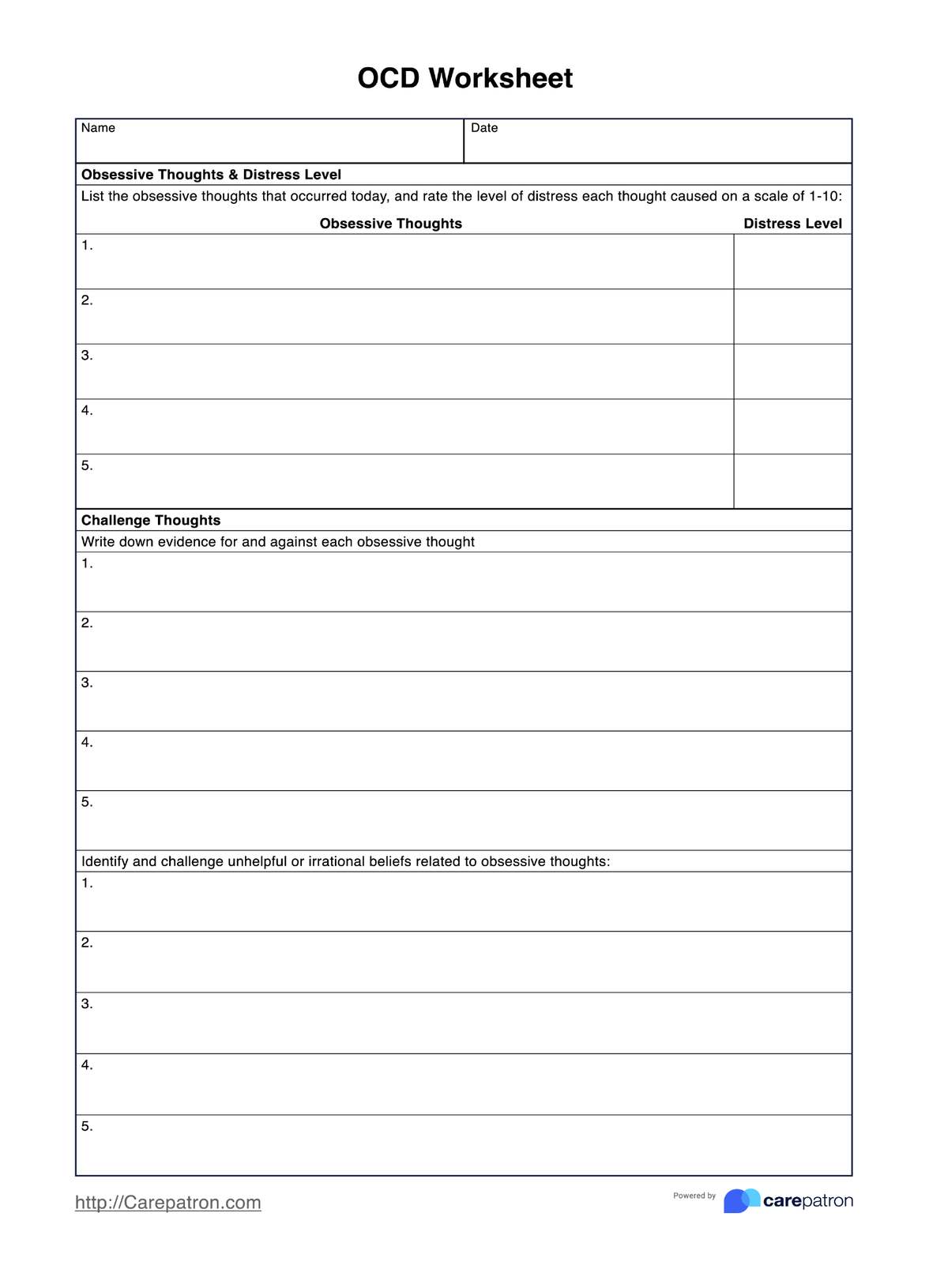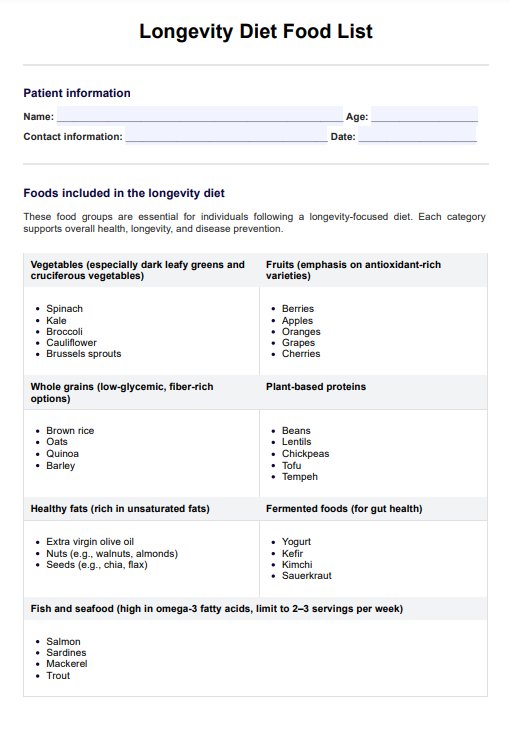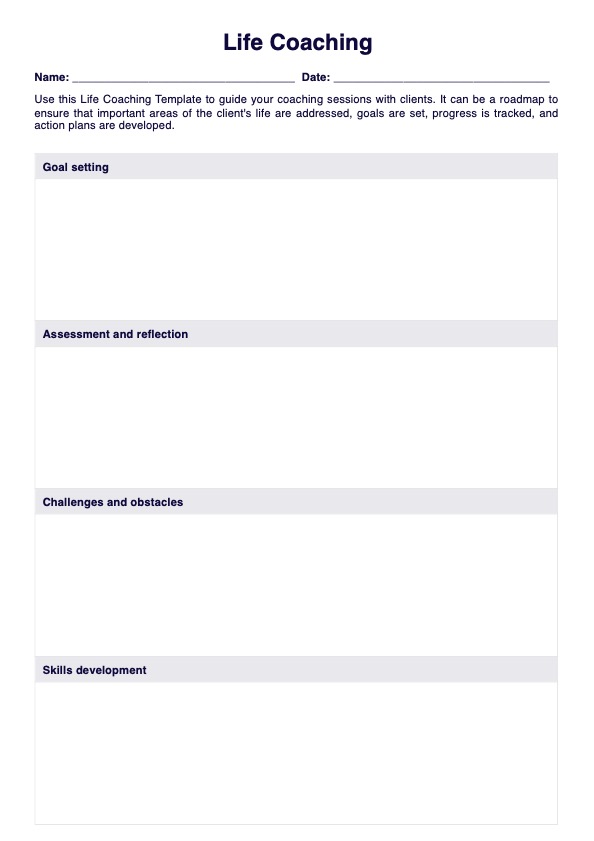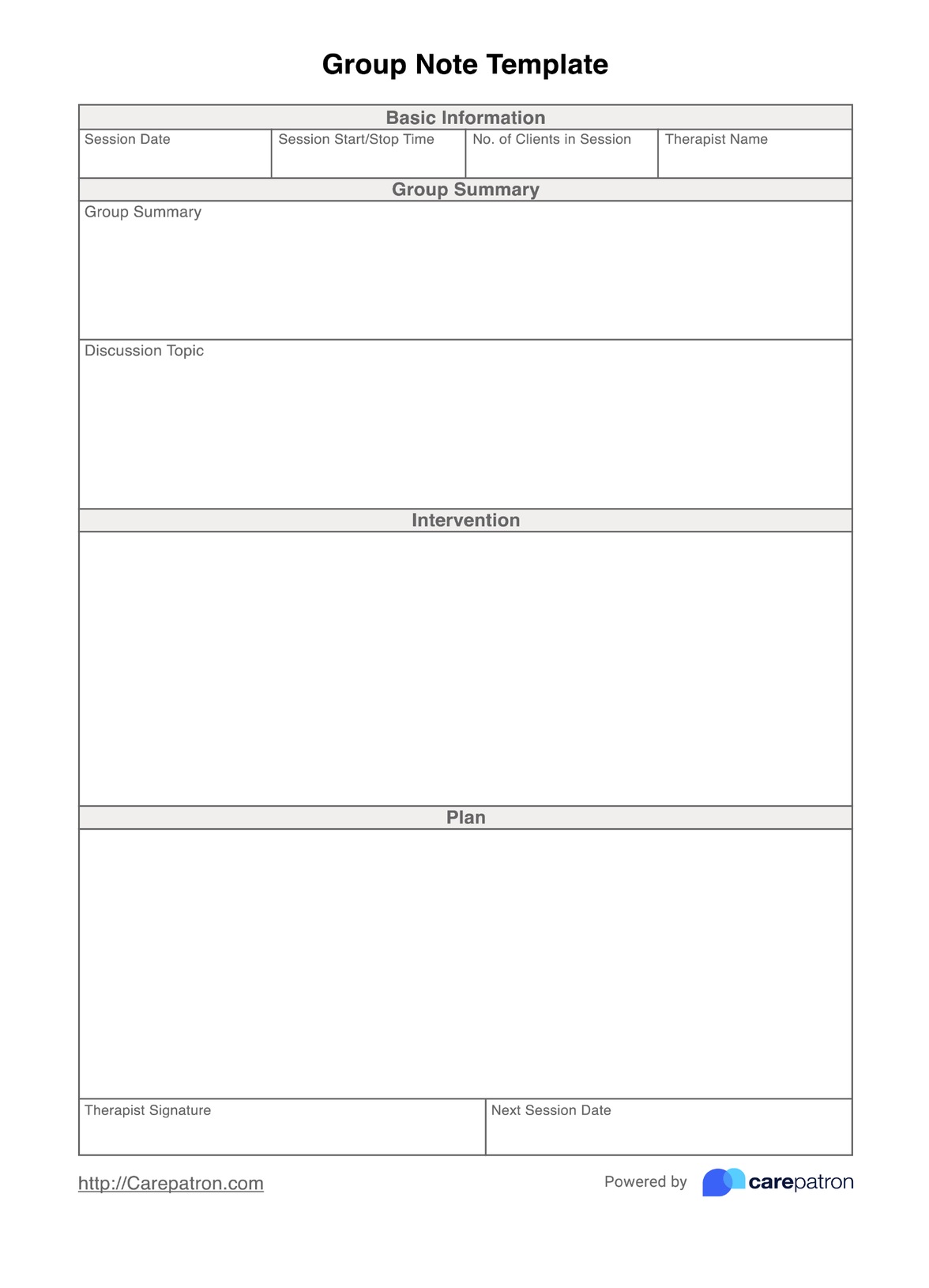Personal Wellness Plan
Discover Carepatron's Personal Wellness Plan Template: the perfect blend of patient care and technology for healthcare professionals. Download now!


What is a Personal Wellness Plan?
A personal wellness plan is a customized strategy a healthcare provider creates for their patients to improve their overall well-being. It includes goals and action steps to address various aspects of one's health, such as mental, physical, emotional, financial, environmental, and spiritual well-being.
A personal wellness plan can tackle emotional, spiritual, mental, and physical wellness. The plan can include practices such as self-care, therapy, and stress-management techniques to improve mental wellness. Similarly, it can consist of physical activity, healthy eating habits, regular check-ups, and preventative measures to maintain or improve physical health.
Having a personal wellness plan can significantly benefit an individual in many ways. It allows them to identify and address areas of their health that need improvement, set achievable goals, and take necessary actions to maintain or improve their well-being.
Moreover, this plan can be used to track progress, monitor changes in health, and make adjustments as needed. It also promotes self-awareness and empowers individuals to control their health.
Personal Wellness Plan Template
Personal Wellness Plan Example
How do you use the Personal Wellness Plan template?
The Personal Wellness Plan Template is a valuable tool for healthcare professionals to guide their patients toward a healthier lifestyle. Here's how to effectively use this template:
Gather Patient information
Start by collecting basic patient information, including name, age, gender, contact number, and email address. This data forms the foundation of the personalized wellness plan.
Conduct a health assessment
Perform a comprehensive health and wellness assessment covering weight, height, BMI, blood pressure, and other relevant health data. This assessment helps tailor the wellness plan to the patient's health needs.
Set wellness goals
Work with the patient to set achievable short-term and long-term wellness goals. These goals should be realistic, measurable, and aligned with the patient's health priorities.
Develop a detailed wellness plan
Create a customized wellness plan addressing physical, mental, emotional, and lifestyle adjustments. This plan should include specific actions, such as exercise routines, dietary changes, stress management techniques, and lifestyle modifications to help the patient's wellness journey.
Implement progress tracking
Establish a system for tracking the patient's progress. This could include follow-up appointments, a wellness journal, and regular monitoring of health metrics.
Review and adjust the plan regularly
Regularly review the plan with the patient, making adjustments as needed based on their progress and any changes in their health status.
In conclusion, the Personal Wellness Plan Template is a dynamic tool requiring active participation from the healthcare professional and the patient. It's a collaborative effort aimed at achieving optimal health and wellness.
When would you use this form?
The Personal Wellness Plan Template is a versatile tool, ideal for various scenarios in a healthcare setting. Here are some instances when this form is handy:
- Initial patient consultation: Ideal for new patients, this template helps gather comprehensive information during the initial consultation, laying the groundwork for a tailored wellness plan.
- Routine health check-ups: During regular health check-ups, the template can update patient information and assess progress in their wellness journey.
- Lifestyle-related health concerns: For patients dealing with lifestyle-related issues such as obesity, stress, or poor diet, this template provides a structured approach to address these concerns.
- Chronic disease management: Patients with chronic conditions like diabetes or hypertension can benefit from the personalized wellness plan to manage their health effectively.
- Mental health support: The template is also valuable for patients seeking support for mental health, offering a way to integrate mental wellness strategies into their overall health plan.
- Post-recovery health maintenance: After recovery from an illness or surgery, the template can guide patients in maintaining their health and preventing relapses.
The Personal Wellness Plan Template is a comprehensive resource for healthcare professionals. It's applicable in various scenarios, from preventive care to chronic disease management, making it an essential part of patient-centered healthcare.
What do the results mean?
Understanding the results of the Personal Wellness Plan is crucial for both healthcare professionals and patients. Here's what expected results typically indicate:
- Improved health metrics: Positive weight, BMI, or blood pressure changes signify progress toward physical health goals.
- Achievement of wellness goals: Meeting short-term or long-term goals indicates the plan's effectiveness and the patient's commitment.
- Enhanced mental and emotional well-being: Reports of reduced stress, better mood, or increased satisfaction are signs of improved mental and emotional health.
- Lifestyle changes: Positive changes in lifestyle habits, such as increased physical activity or healthier eating, reflect a successful adoption of the wellness plan.
- Consistent progress tracking: Regular updates in the wellness journal or during follow-up appointments indicate active engagement with the wellness plan.
The results from the Personal Wellness Plan provide valuable insights into a patient's health journey. They help evaluate the plan's effectiveness and guide necessary adjustments to ensure continued progress toward optimal health and well-being.
For comprehensive management, consider using related templates such as the wellness journey, wellness plan, wellness journal, health plan templates.
Commonly asked questions
A personal wellness plan can improve overall well-being, increase energy levels, better mental health, reduce stress and anxiety, better physical health, and decrease the risk of chronic diseases.
It is recommended to review your wellness plan at least once every six months or when your health or lifestyle changes significantly. Regularly reviewing and making necessary adjustments to the plan can ensure its effectiveness and help you stay on track with your wellness goals.
A wellness program typically refers to an organized approach, usually facilitated by employers or organizations, that aims to support the improvement of its participants' health. On the other hand, a personal wellness plan is a self-directed and tailored strategy for an individual's health improvement, encompassing various aspects of their wellness, like physical, mental, and emotional health.


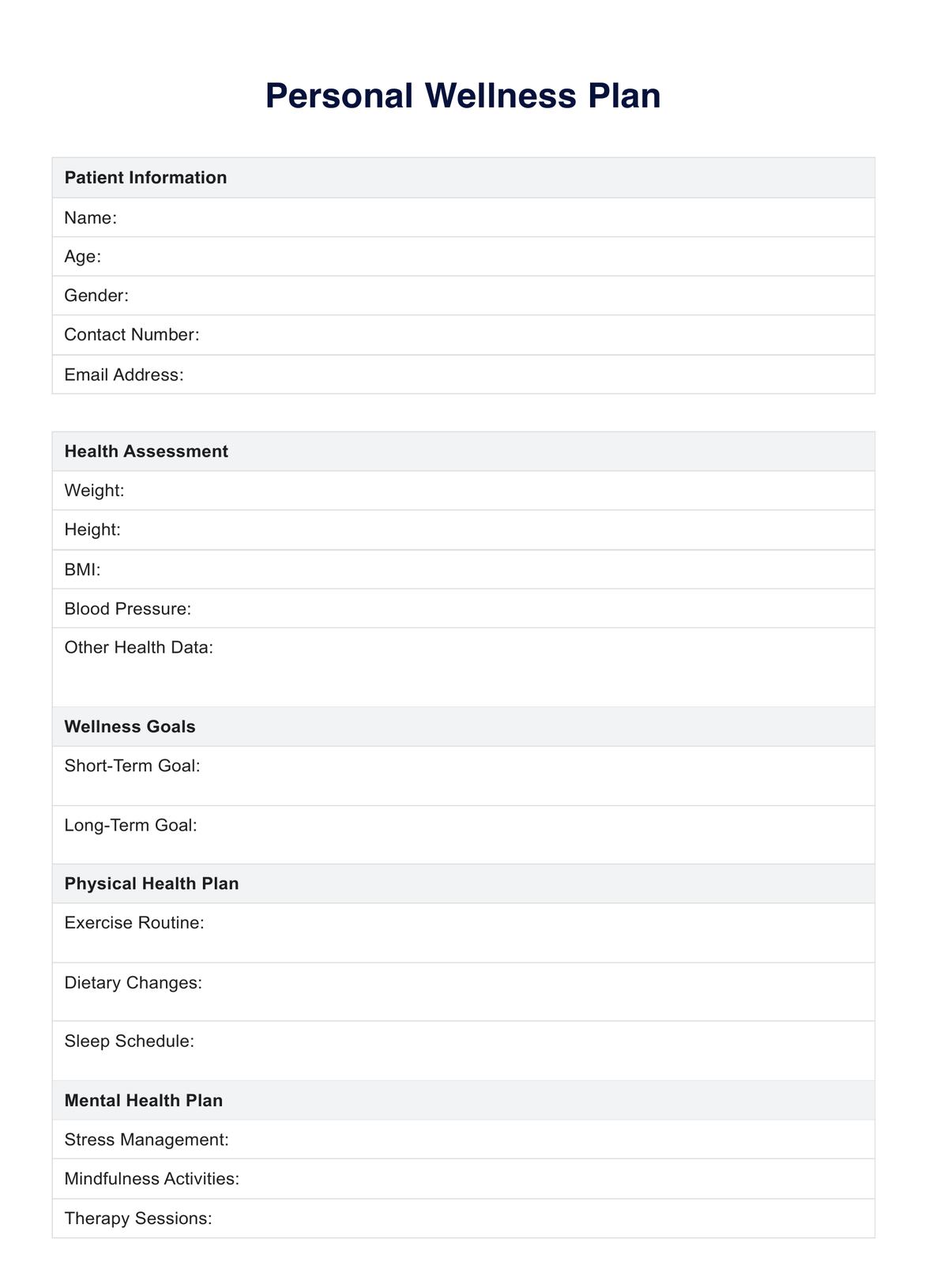
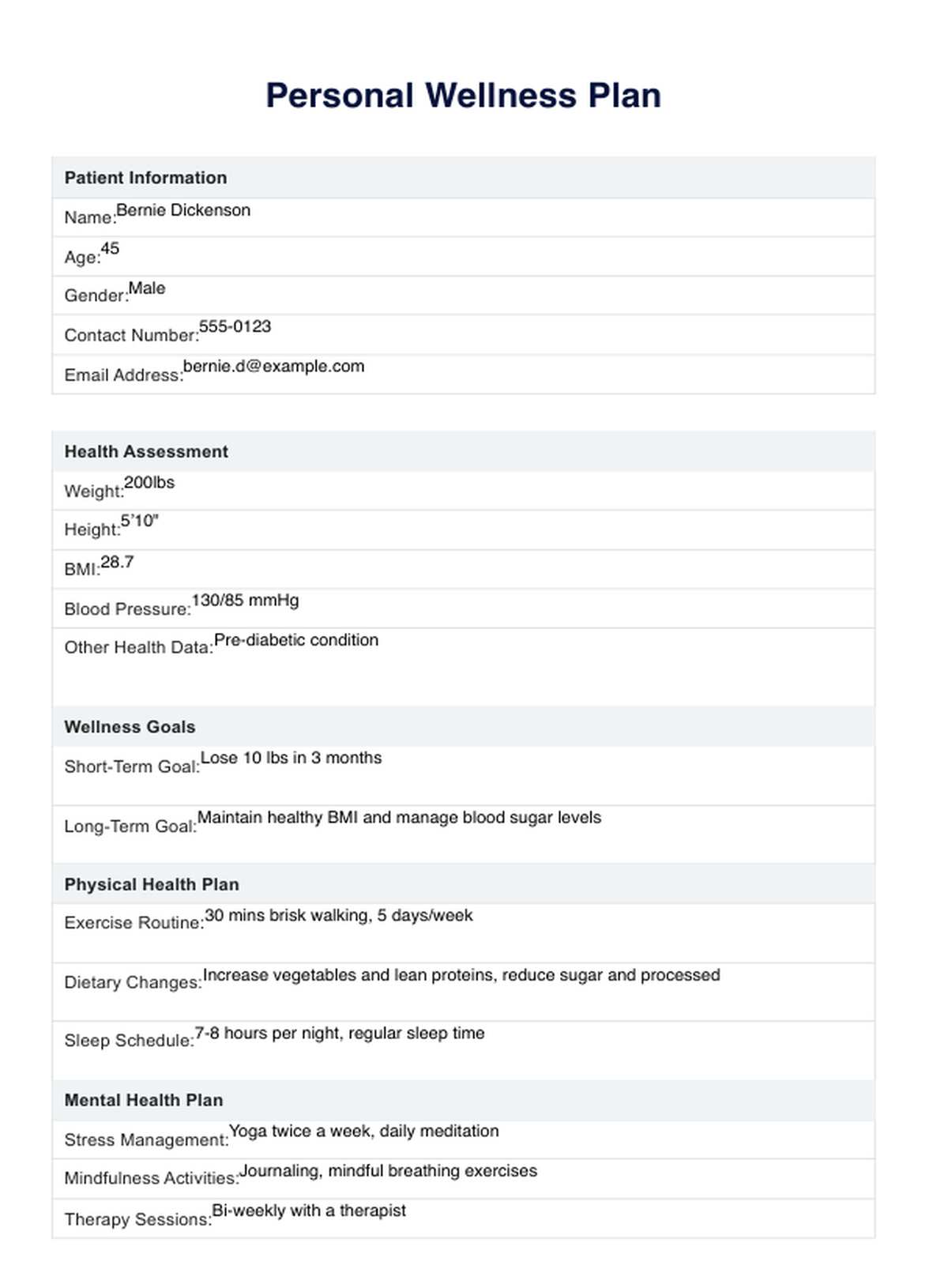

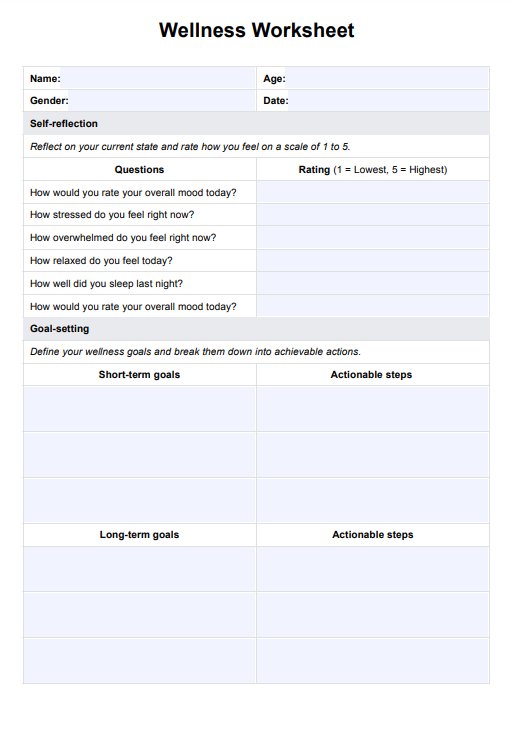
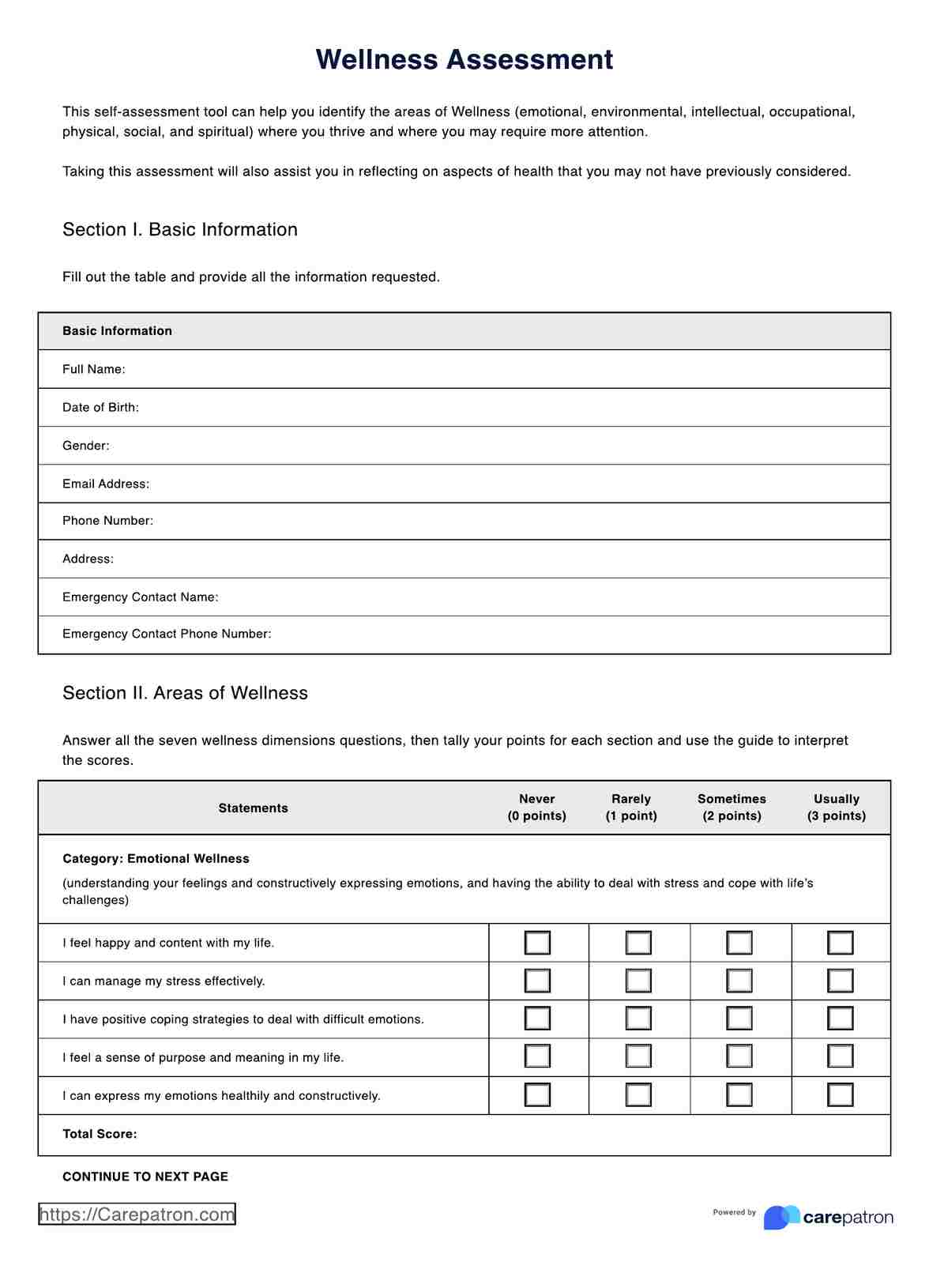
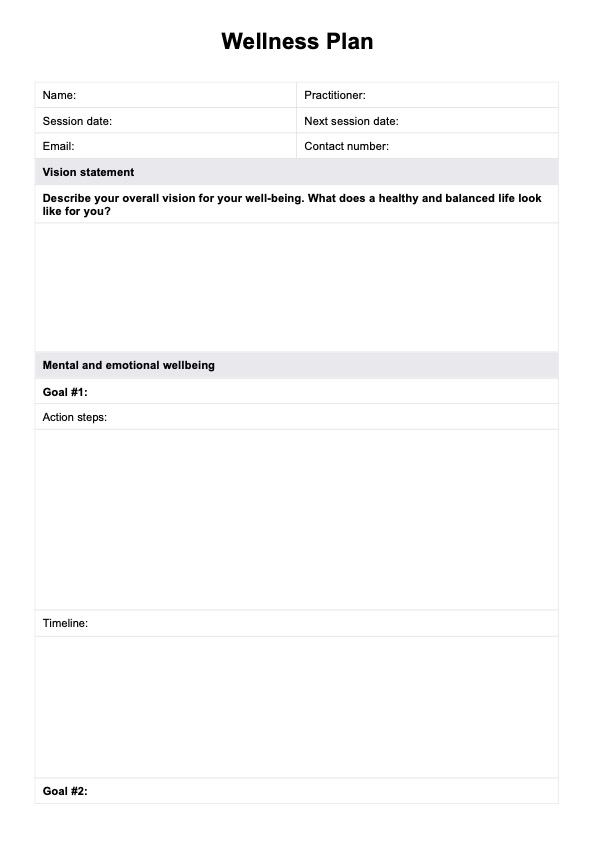
















-template.jpg)


